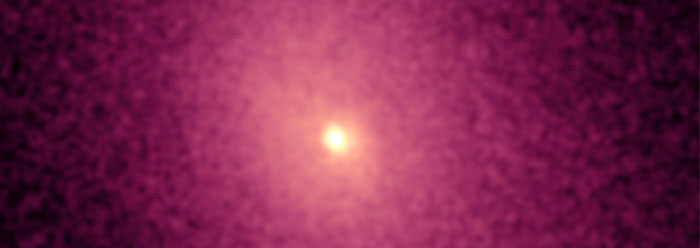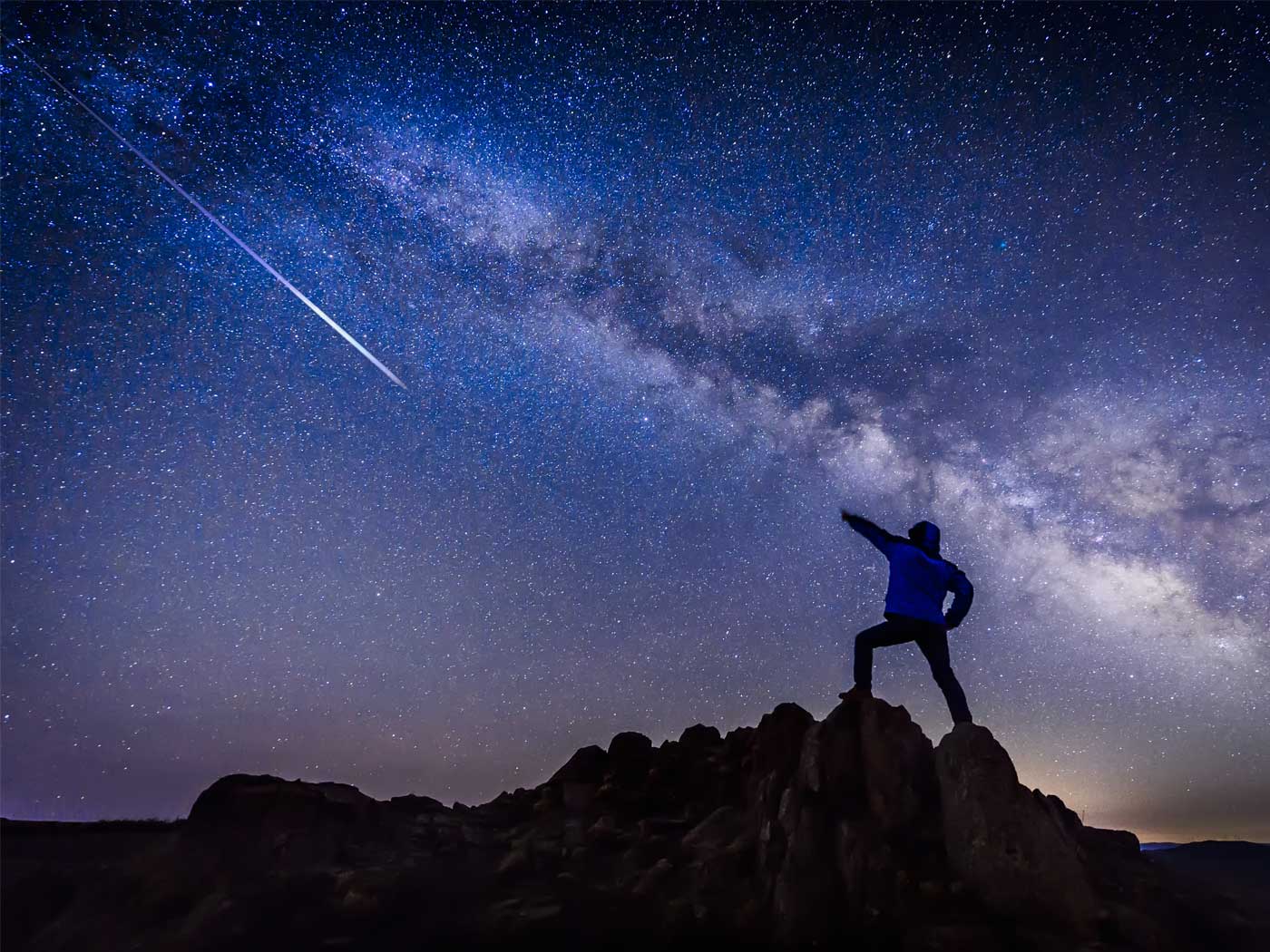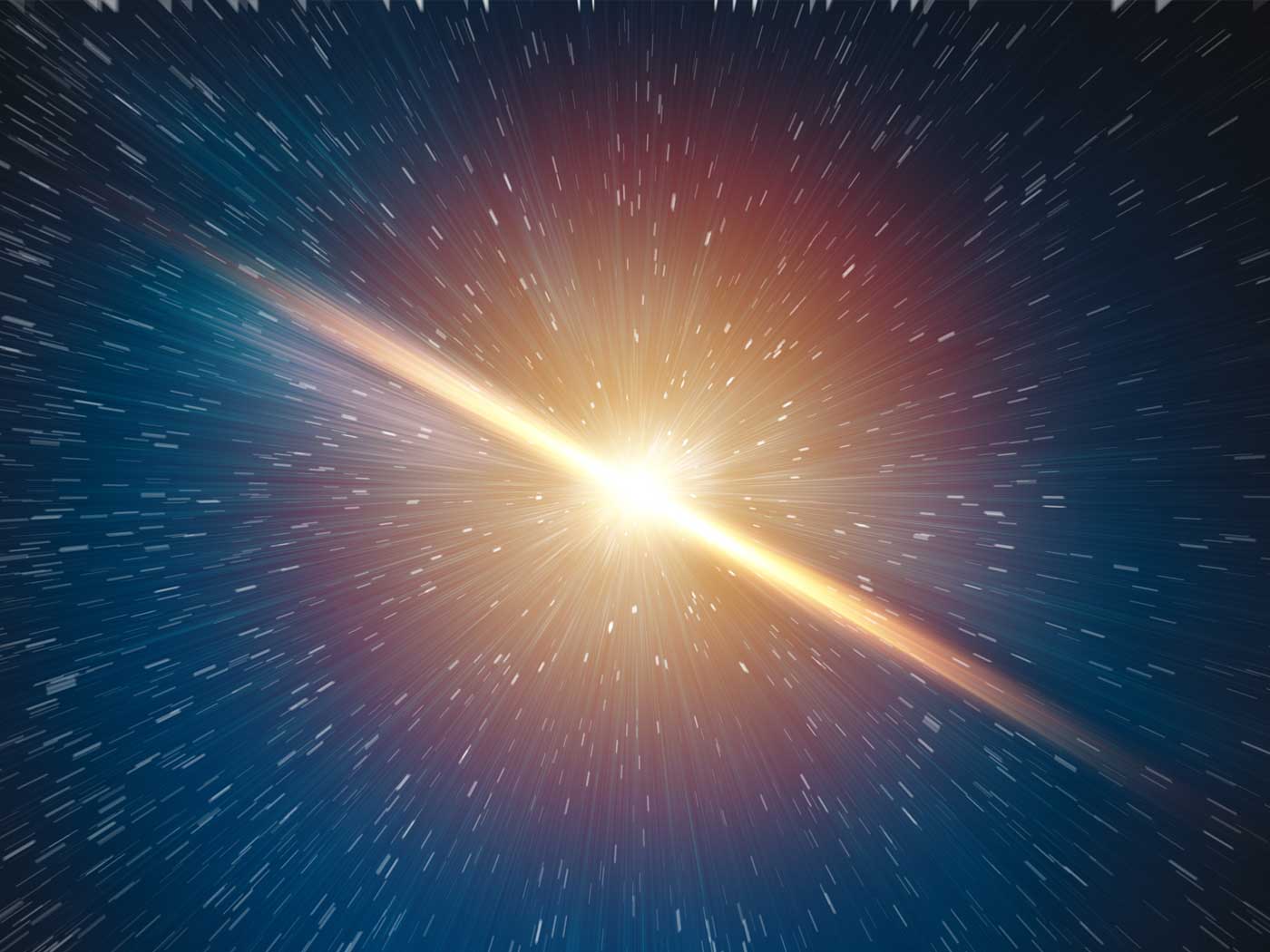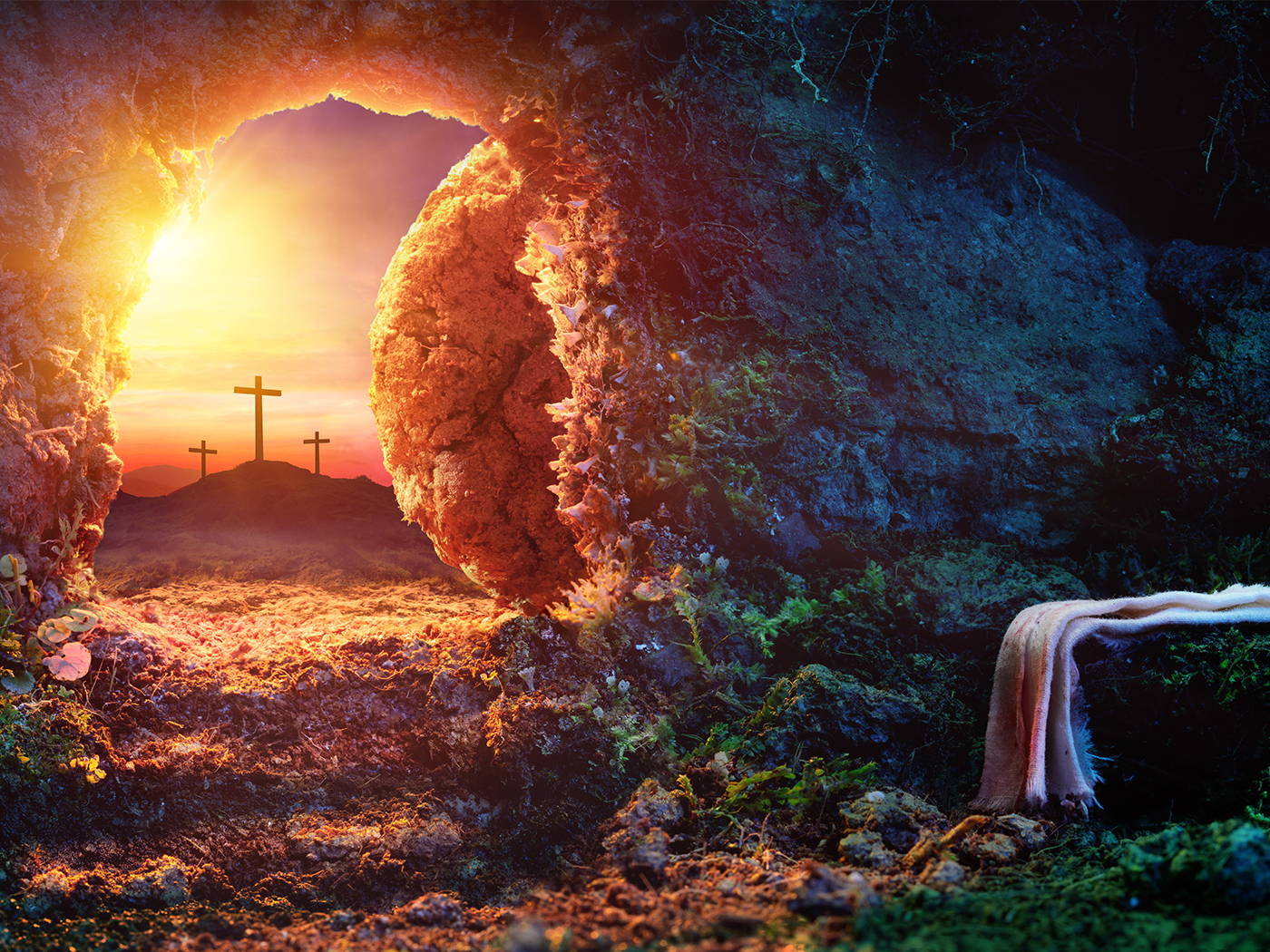Evolutionary astronomers have a problem. The universe is expanding at an ever-increasing rate, but if general relativity is an accurate cosmological model, and if the universe is made up of the kinds of matter and energy that are directly detectable (like atoms and light), then its expansion should be slowing. Astronomers “fixed” this problem by theorizing that “75% of the energy density of the universe exists…as dark energy.”1 This non-detectable dark energy allows the man-made model to match astronomical observations.
However, scientists are aware that dark energy itself has problems: “Nothing meeting the description of dark energy [matches] fundamental particles… It is a substance that has not as yet been measured directly, has properties unlike anything we have ever seen…. In short, we are very much in the dark about dark energy.”2 At the urging of mainstream cosmologists, millions of government dollars are being spent trying to detect and characterize dark energy, whose supposed existence is only one of the assumptions required to make standard cosmological models “work.”
Another of these assumptions is the Copernican principle, which holds that the universe has no edge and no center. It assumes that there are no unique places and that the position of the earth is therefore not special. If this principle is rejected, however, then the same general relativity equations used in the standard model could describe a universe that does have a center and edges. When this bounded universe is fed into the same astronomical equations, “dark energy” is no longer required. The trade-off for this solution, however, is admitting the possibility that earth is uniquely positioned, as though it were specially placed by an entity outside the universe.
To evolutionary scientists, this concept is anathema. “To entertain the notion that we may, in fact, have a special location in the universe is, for many, unthinkable. Nevertheless, that is exactly what some small groups of physicists around the world have recently been considering.”2 Interestingly, creation physicist D. R. Humphreys wrote in 1994, “if we were in a special place close to the center [this would be] exceedingly improbable on a chance basis. It therefore strongly smacks of purpose, and is thus unpalatable to most theorists today, who prefer to believe in a universe ruled by randomness.”3 Edwin Hubble himself—famous for Hubble’s Law, a mathematical description of the expansion of the universe—remarked that he added a term to an equation “to escape the horror of a unique position.”4
An article in the April 2009 edition of Scientific American suggested that there is real evidence to support the view that the universe may have a center. The authors admitted that earth seems to be in a special cosmic void.5 There is also strong evidence from quantized redshifts of galactic clusters indicating that galaxies are “in evenly spaced spherical shells around…the Milky Way Galaxy.”6, 7 Earth appears to be within 100,000 light years of the center of the universe, a position with the small chance of 1 in 1,000,000,000,000 of having happened by accident.6 If “we are at the center of the void,” and if this void is near the center of the universe, then the need for the mythical dark energy vanishes.8
A cadre of secular scientists is following the data where it leads, and where creation cosmologists have already been—recognizing that earth appears to be near the center of a bounded universe.9, 10 Scientific American admitted in an online video, “One thing is clear: the closer we look at our universe, the odder it appears to be.”8
Such “oddities” are only unexplainable from an evolutionary viewpoint. The question remains: will scientists, and those who trust their words, follow the data all the way back to God as being the One who placed earth just where He wanted, and who spreads out the heavens Himself?11
References
- Frieman, J. A., M. S. Turner, and D. Huterer. 2008. Dark Energy and the Accelerating Universe. Annual Review of Astronomy and Astrophysics. 46: 386.
- Clifton, T., and P. G. Ferreira. April 2009. Does dark energy really exist? Scientific American.
- Humphries, D. R. 1994. Starlight and Time. Green Forest, AR: Master Books, 19.
- Hubble, E. 1932. The observational approach to cosmology. Oxford: The Clarendon Press, 59.
- This void has been referred to as a cosmic bubble. See Thomas, B. Bursting Big Bang’s Bubble. ICR News. Posted on icr.org October 10, 2008.
- Humphries, D. R. 2002. The Battle for the Cosmic Center. Acts & Facts. 31 (8).
- The Sloan Digital Sky Survey results at sdss.org show galaxies in superclusters as well as in concentric spheres.
- Is Dark Energy an Illusion? Scientific American online video. Posted on sciam.com, accessed March 31, 2009.
- Humphreys, D. R. 2008. New time dilation helps creation cosmology. Journal of Creation. 22 (3): 84-92.
- Hartnett, J. 2008. Starlight, Time, and the New Physics. Powder Springs, GA: Creation Book Publishers.
- See Isaiah 40:22. A biblical worldview does not require that earth be near any center of the universe, but it would certainly be consistent, considering that earth is the central focus of God’s activity as revealed in Scripture.
Image Credit: NASA
* Mr. Thomas is Science Writer at the Institute for Creation Research.
Article posted on April 28, 2009.























